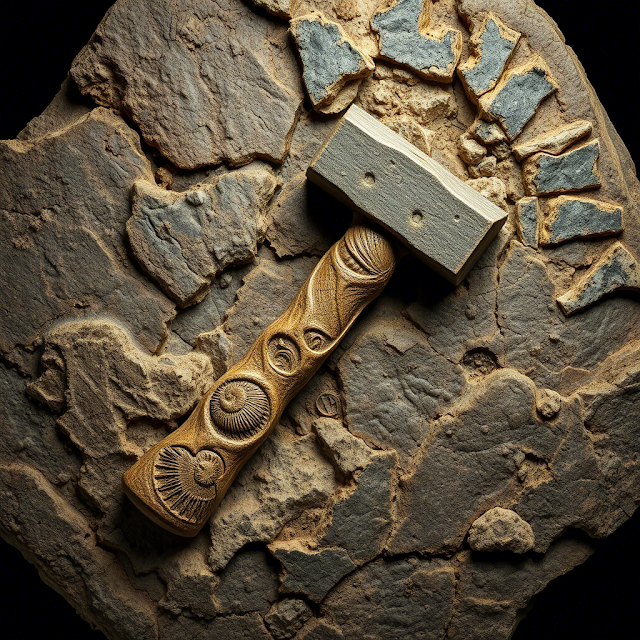Introduction: The scientific heart of humanity
In the heart of Europe, on the border between Switzerland and France, lies a structure that could easily belong to a science-fiction novel: CERN (European Organization for Nuclear Research). Far from being just a laboratory, CERN is the largest and most advanced particle physics center in the world. It is here that scientists seek answers to humanity’s most profound questions: Where do we come from? What is the universe made of? Where are we going?
But the impact of CERN goes far beyond abstract science. The technologies developed there shape our daily lives. From the creation of the World Wide Web to innovations in medicine, energy, and industry, the fruits of CERN’s research are already in our hands — and much more is yet to come.
What is CERN and why is it so important?
Founded in 1954, CERN has become a true symbol of international cooperation. More than 23 member states and thousands of scientists from all over the world work together to unlock the mysteries of the cosmos.
Its most famous machine is the Large Hadron Collider (LHC), the largest particle accelerator ever built, stretching over 27 km. Inside it, subatomic particles are accelerated to nearly the speed of light and collide in experiments that recreate conditions similar to the Big Bang.
These collisions allow us to observe fundamental particles, understand invisible forces, and even test theories that challenge our current grasp of reality.
The Higgs Boson: The "God Particle"
In 2012, the world watched in awe as the Higgs Boson was confirmed, popularly known as the "God Particle." This discovery was essential to validate the Standard Model of Particle Physics, the theoretical framework explaining most of nature’s fundamental interactions.
The Higgs is the missing puzzle piece that gives mass to particles. Without it, nothing would have weight — no atoms, no stars, no planets. Without this discovery, we would not understand why the universe is the way it is.
More than science: Practical impacts on our daily lives
CERN is not only about distant galaxies but also about tangible solutions that transform reality. Here are some remarkable examples:
-
World Wide Web (WWW)
In 1989, Tim Berners-Lee, a researcher at CERN, created the WWW to help scientists share information. Today, it is the backbone of the internet. -
Medical advances
Technologies originally designed to detect particles are applied in imaging scans such as PET tomography and in cancer treatment through radiotherapy. -
Big Data and artificial intelligence
To process the colossal data from its experiments (millions of gigabytes per second), CERN developed advanced computing solutions that inspired what we now call cloud computing. -
Innovation in materials and energy
The development of superconducting magnets and cryogenics has applications ranging from maglev trains to sustainable energy systems.
The universe’s hidden secrets
Despite all progress, many mysteries remain unsolved at CERN:
-
Dark matter and dark energy: 95% of the universe is made of something we cannot see. Where is it? How can we detect it?
-
Extra dimensions: Could there be more than the four dimensions we know (three spatial and one temporal)?
-
The fate of the universe: Will it expand forever, or collapse in a “Big Crunch”?
These questions are not just curiosities; their answers could redefine our vision of reality.
A human perspective: Collaboration without borders
One inspiring aspect of CERN is its collaborative nature. Scientists from different nations, cultures, and languages work side by side, united by the desire to uncover the truth. In times of geopolitical tension, CERN proves that science can be a bridge to peace.
Why does this matter to you?
It may seem distant, but what happens in CERN’s underground tunnels directly affects daily life. Understanding the universe is not just philosophy — it is an investment in humanity’s future. The technologies born at CERN are seeds that grow into fields like healthcare, transportation, communication, and sustainability.
Whenever you browse the internet, undergo an advanced medical scan, or read about clean energy breakthroughs, remember: CERN had a role in it.
Conclusion: Inspiration beyond science
CERN teaches us that the pursuit of knowledge is an act of courage and hope. Each particle collision is a reminder that the universe is vast, mysterious, and beautiful.
Like the scientists at the LHC, we too can be explorers — in our careers, our relationships, and our lives. The invitation is simple: cultivate curiosity, value science, support research, and remember that the greatest mysteries may be hidden in unexpected places.
👉 If CERN searches for the secrets of the universe, we can search for the secrets of our own journey. After all, the greatest experiment is living fully.




































.png)




